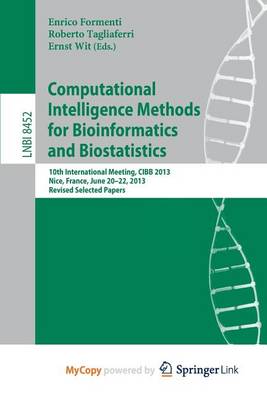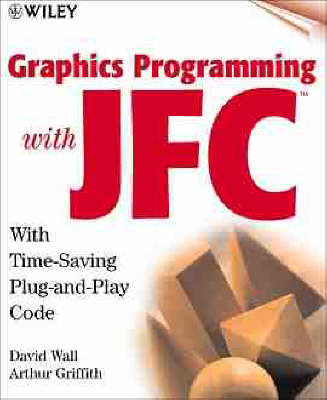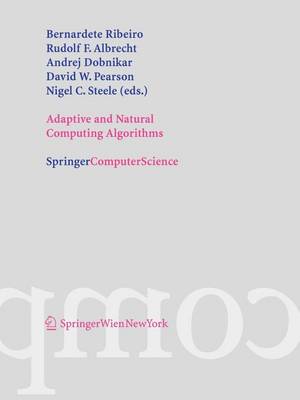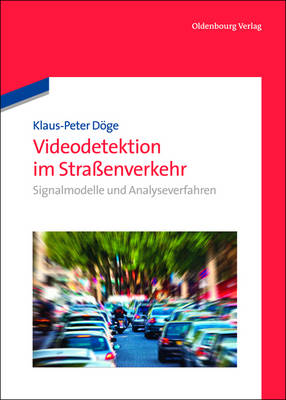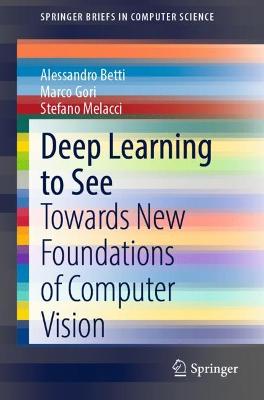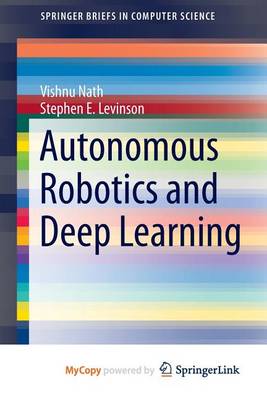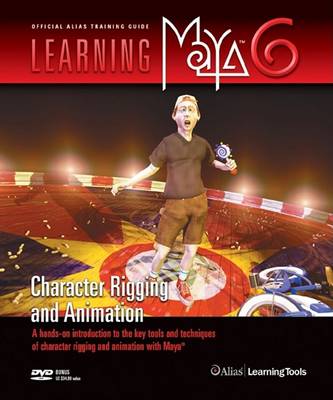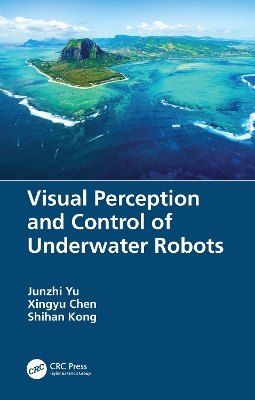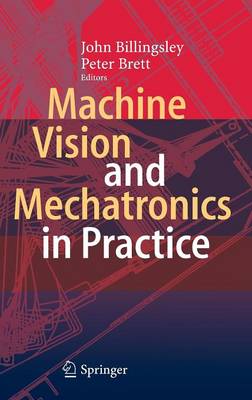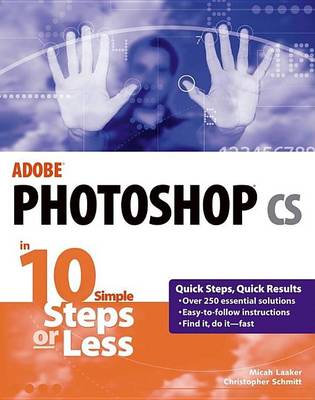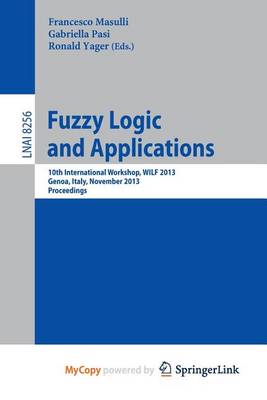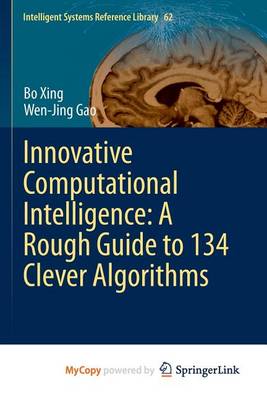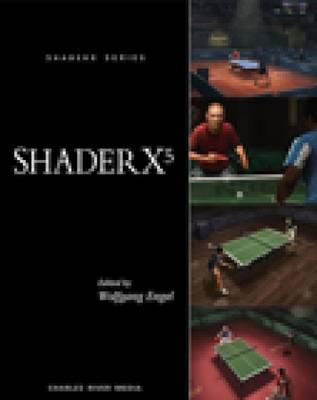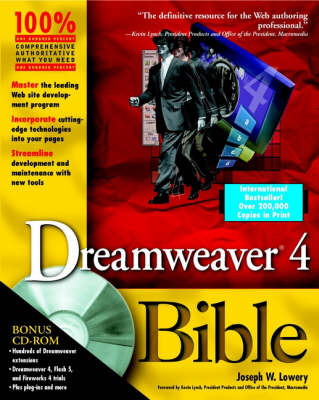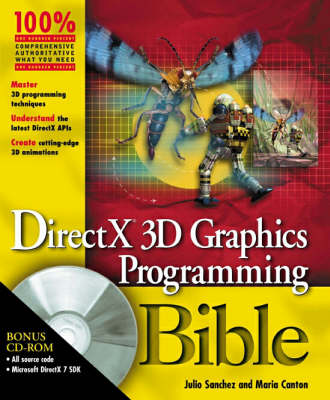th Thisvolumecontainsaselectionofthebestcontributionsdeliveredatthe6 - ternational Meeting on Computational Intelligence Methods for Bioinformatics andBiostatistics(CIBB2009)heldatOratorioSanFilippoNeriinGenoa(Italy) during October 15-17, 2009. TheCIBBmeetingseriesisorganizedbytheSpecialInterestGrouponBio- formatics of the International Neural Network Society (INNS) to provide a - rum open to researchers from di?erent disciplines to present and discuss pr- lems concerning computational technique...
Harvard Graphics 3.0 DOS Introduction
Advanced Java Graphics Programming
by Dave Wall, Bryan Pfaffenberger, and Arthur Griffith
This volume explores the relationship between the JFC and Java 2D, aiming to show the reader how to solve complicated two-dimensional graphics problems. It also goes beyond the JFC, showing how to simulate the behaviour of the Java 3D package with Java2D. The authors use a four-step process: a detailed description of the goal and the best methods for solving it; a listing of portions of the JFC that apply to the problem, plus any custom algorithms needed; and a Java code sample that solves the p...
Adaptive and Natural Computing Algorithms (Lecture Notes in Computer Science, #6593)
The ICANNGA series of Conferences has been organised since 1993 and has a long history of promoting the principles and understanding of computational intelligence paradigms within the scientific community and is a reference for established workers in this area. Starting in Innsbruck, in Austria (1993), then to Ales in Prance (1995), Norwich in England (1997), Portoroz in Slovenia (1999), Prague in the Czech Republic (2001) and finally Roanne, in France (2003), the ICANNGA series has established...
Deep Learning to See (SpringerBriefs in Computer Science)
by Marco Gori, Alessandro Betti, and Stefano Melacci
The remarkable progress in computer vision over the last few years is, by and large, attributed to deep learning, fueled by the availability of huge sets of labeled data, and paired with the explosive growth of the GPU paradigm. While subscribing to this view, this work criticizes the supposed scientific progress in the field, and proposes the investigation of vision within the framework of information-based laws of nature. This work poses fundamental questions about vision that remain far from...
Elf up & Runng W/Harvard Graph 1.03 Wdw Kit
Autonomous Robotics and Deep Learning (SpringerBriefs in Computer Science)
by Vishnu Nath and Stephen E Levinson
This Springer Brief examines the combination of computer vision techniques and machine learning algorithms necessary for humanoid robots to develop "true consciousness." It illustrates the critical first step towards reaching "deep learning," long considered the holy grail for machine learning scientists worldwide. Using the example of the iCub, a humanoid robot which learns to solve 3D mazes, the book explores the challenges to create a robot that can perceive its own surroundings. Rather than...
Adobe GoLive 4.0 (Classroom in a Book)
Create world-class Web sites using the award-winning Web authoring tool from Adobe Systems. GoLive 4.0 offers precise page layout, superb HTML control, powerful site management features, and support for Cascading Style Sheets, DHTML, as well as ready-to-use JavaScript actions. Version 4.0 includes an improved QuickTime movie editor, allowing Web developers to edit video directly within the GoLive application. Other new features include tighter integration of XML and Microsoft Active Server Pages...
Concepts in Computer Design: a Professional Prospective
by Dawn Erdos and Leslie Singer
Readings in Human-Computer Interaction (Interactive Technologies)
by Ronald M Baecker, Jonathan Grudin, William Buxton, and Saul Greenberg
The effectiveness of the user-computer interface has become increasingly important as computer systems have become useful tools for persons not trained in computer science. In fact, the interface is often the most important factor in the success or failure of any computer system. Dealing with the numerous subtly interrelated issues and technical, behavioral, and aesthetic considerations consumes a large and increasing share of development time and a corresponding percentage of the total code for...
"Learning Maya 6: Character Rigging" will teach you everything you need to achieve effective character set-up and animation in Maya. With this book: learn what you need to become a true puppet master; and get hands-on experience with the innovative tools and powerful techniques available in Maya, as you learn to make your rigs more customizable and easier for artists to work with. "Learning Maya 6: Character Rigging" will allow you to explore character rigging based on a human character - walkin...
Visual Perception and Control of Underwater Robots
by Junzhi Yu, Xingyu Chen, and Shihan Kong
Visual Perception and Control of Underwater Robots covers theories and applications from aquatic visual perception and underwater robotics. Within the framework of visual perception for underwater operations, image restoration, binocular measurement, and object detection are addressed. More specifically, the book includes adversarial critic learning for visual restoration, NSGA-II-based calibration for binocular measurement, prior knowledge refinement for object detection, analysis of temporal d...
Machine Vision and Mechatronics in Practice
The contributions for this book have been gathered over several years from conferences held in the series of Mechatronics and Machine Vision in Practice, the latest of which was held in Ankara, Turkey. The essential aspect is that they concern practical applications rather than the derivation of mere theory, though simulations and visualization are important components. The topics range from mining, with its heavy engineering, to the delicate machining of holes in the human skull or robots for...
Adobe Photoshop CS in 10 Simple Steps or Less
by Christopher Schmitt and Micah Laaker
Fuzzy Logic and Applications (Lecture Notes in Computer Science, #8256) (Lecture Notes in Artificial Intelligence, #5571)
This volume constitutes the thoroughly refereed post-workshop proceedings of the 6th International Workshop on Fuzzy Logic and Applications held in September 2005. The 50 revised full papers and 32 short papers presented together with three invited papers were carefully reviewed and selected from 86 submissions. The papers are organized in topical sections on neuro-fuzzy systems, fuzzy logic and possibility theory, pattern recognition, evolutionary algorithms, control, bioinformatics, image proc...
Preparing Digital Images for Print (Digital pro)
by Sybil Ihrig and Emil Ihrig
ShaderX5 : Advanced Rendering Techniques
Shader X5 Advanced Rendering Techniques is the newest volume in this cutting-edge, indispensable series for game and graphics programmers. This all new volume is packed with articles covering state-of-the-art shader techniques and tools written by programming professionals from around the world. These authors have a wealth of knowledge and experience in the field, and each section is edited by an industry expert to ensure the highest quality and usefulness! The collection is broken into nine com...
Written by best-selling author and Dreamweaver guru Joe Lowery, this latest edition of the bestseller features 100 percent of what readers need to know to master the world's hottest Web development application. This in-depth book covers the latest Web technologies (such as XML and SMIL), shows how to add active content to your Web pages through Dreamweaver's automation and database features, and details the use of JavaScript behaviors using the JavaScript library support. Includes a CD-ROM with...
Microsoft DirectX 7 gives you the APIs you need to create cutting-edge Windows 3D games and simulations using C or C++. With helpful tutorials, plenty of illustrations, and a minimum of math, this unique guide shows you how to master these APIs and take your graphics programming to the next level, whether you're an animation beginner or a veteran game developer.
